Introduction
The U.S. Department of Agriculture (USDA) and DOE launched the Rural and Agricultural Income & Savings from Renewable Energy (RAISE) initiative to help rural small businesses, farmers, and electric cooperatives cut costs and increase income using smaller-scale renewable energy projects and underutilized technologies, such as on-site, distributed wind turbines.
The USDA has set a goal to help farmers acquire distributed wind energy projects within 5 years using the USDA’s Rural Energy for America Program (REAP) by leveraging a portion of the $304 million allocated for underutilized technologies through 2031.
The RAISE initiative is creating a network of partners, such as rural electric cooperatives, agricultural associations, farmers unions, and financial services providers. The partners will help provide education, outreach, research, and technical assistance to small- and medium-scale farm owners and support the development of new business models that deliver economic benefits to rural and agricultural entities.
By helping farmers and rural communities use their land to generate new revenue streams from clean energy, the RAISE initiative will enable farmers to keep farming and preserve farmland while also enjoying the benefits of locally generated clean energy.
Objectives
The objectives of the RAISE Initiative are to:
- Increase the visibility, technical assistance for, and adoption of mature underutilized renewable energy technologies (i.e., proven commercially available technology other than solar PV) to increase the number of options for supporting energy diversification.
- Pilot new and innovative business models for farmers, rural electric cooperatives, and developers that utilize distributed energy resources (DERs) to increase electricity cost savings and generate revenue for rural entities, particularly farmers.
- Increase the number and quality of distributed wind REAP grant applications so USDA can help farmers acquire small-scale wind energy projects using REAP funding.
Resources
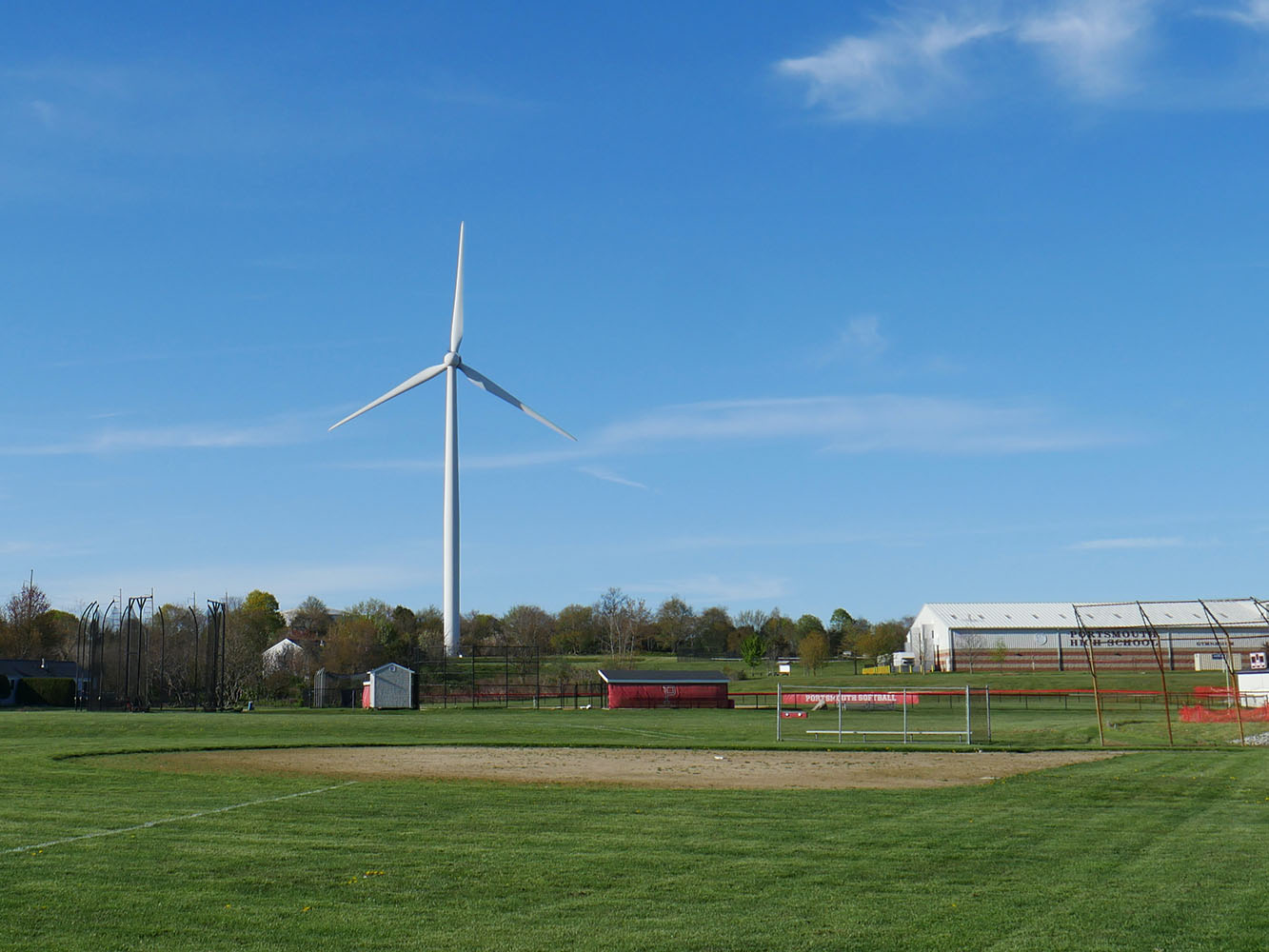
The “Is Distributed Wind Right for My Farm or Business?” slide deck provides an overview of distributed wind energy technologies, benefits, applications, and considerations to help farmers and rural business owners take the first steps to investigate whether distributed wind energy is right for them.
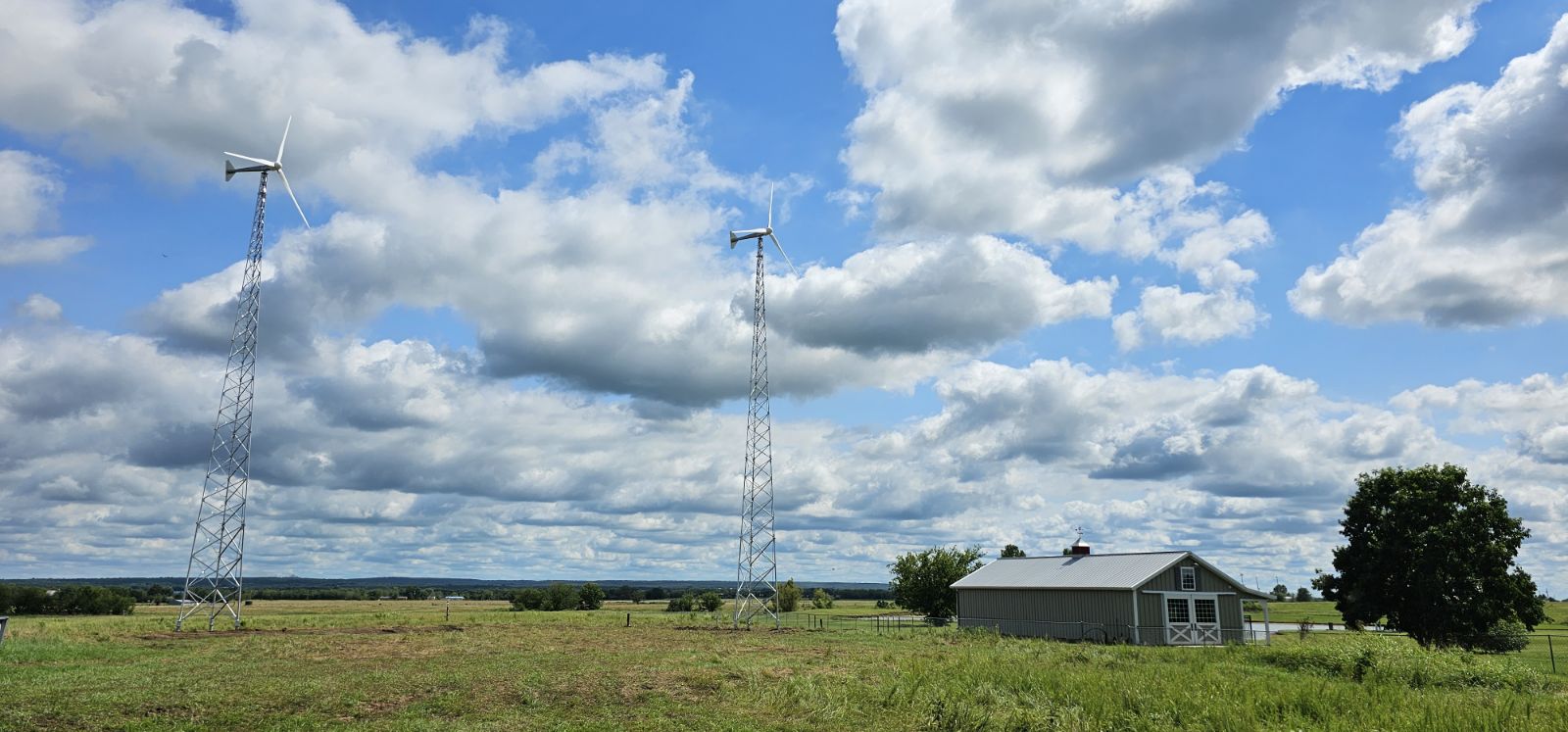 Informational webinars from the National Renewable Energy Laboratory (NREL) provide tutorials on renewable energy technologies eligible for USDA REAP funding.
Informational webinars from the National Renewable Energy Laboratory (NREL) provide tutorials on renewable energy technologies eligible for USDA REAP funding.NREL’s Residential Energy Cost Estimator can be used to determine your annual residential energy use. This calculator is especially useful if you have a residence co-located with a business and electricity usage is not separately metered. You can deduct the calculator’s estimated energy of the residence from your total energy usage to separate the energy use of the co-located rural small business or agricultural production facility for your Rural Energy for America Program application.
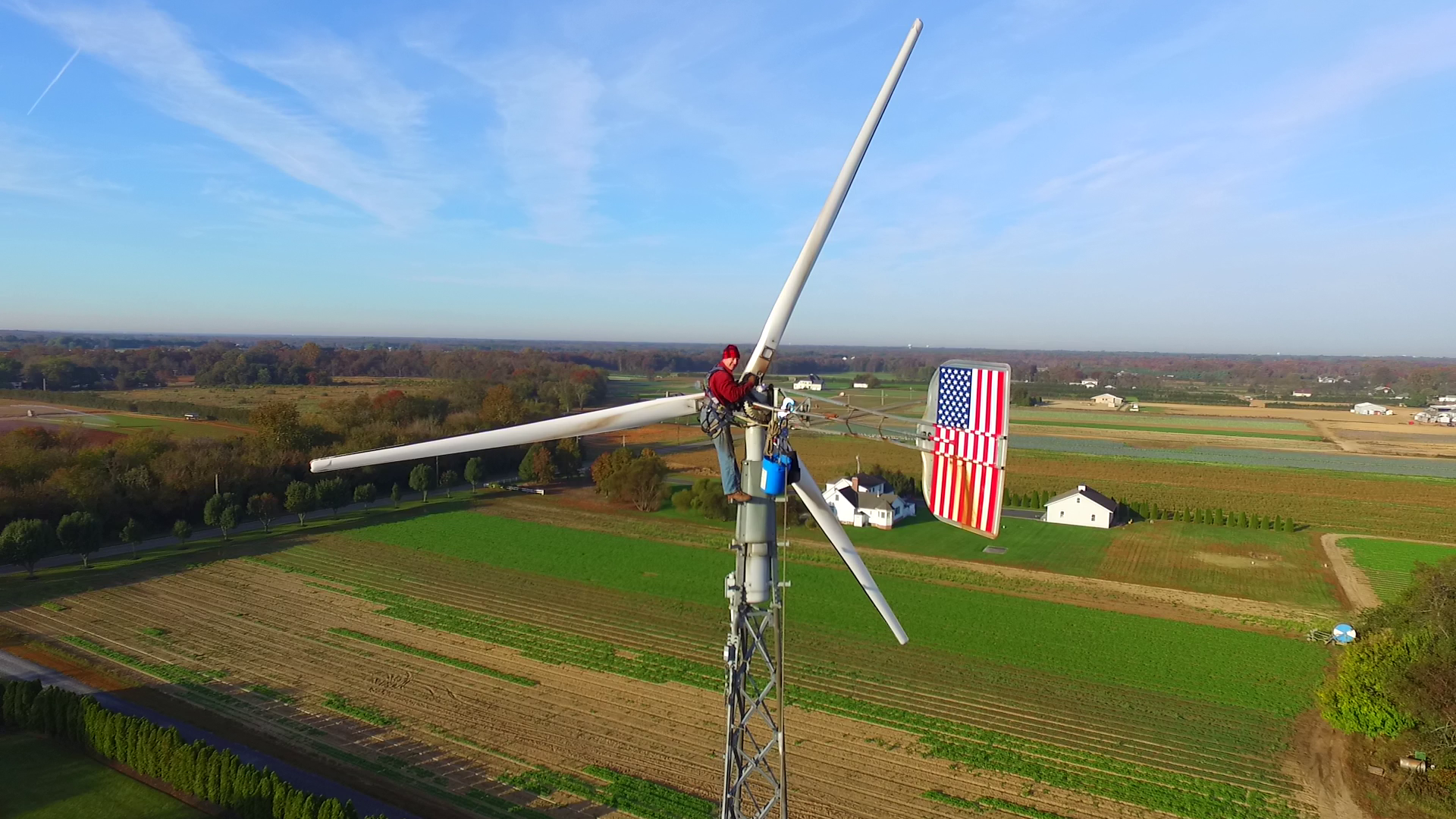
The Distributed Wind Guidebook for Agricultural Producers and Rural Small Business Ownersprovides fundamental information needed by agricultural communities to install and operate successful distributed wind energy projects.
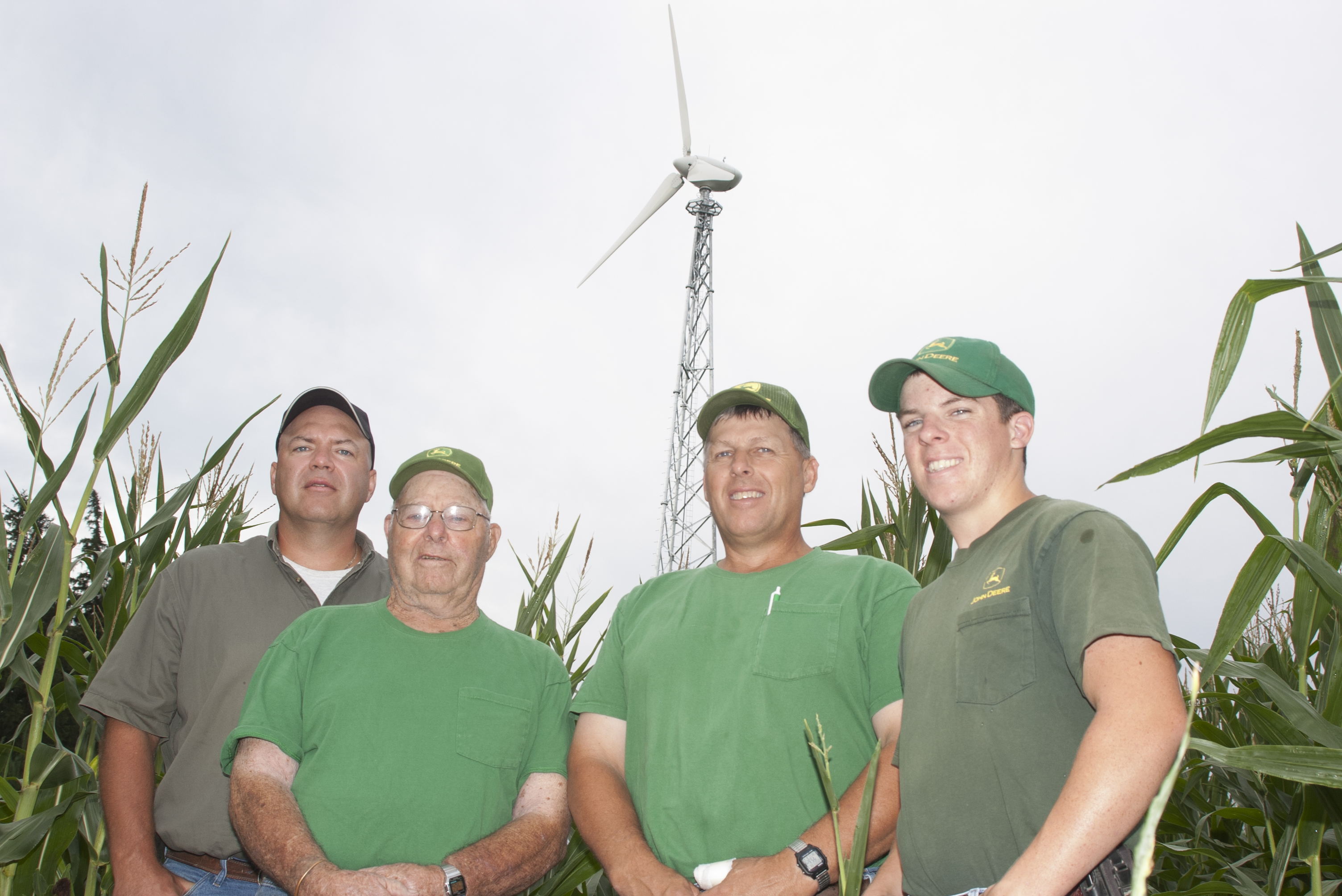
The USDA’s Farmer Benefit Plans is a framework to help rural electric cooperatives and family farmers harvest additional benefits from clean energy.
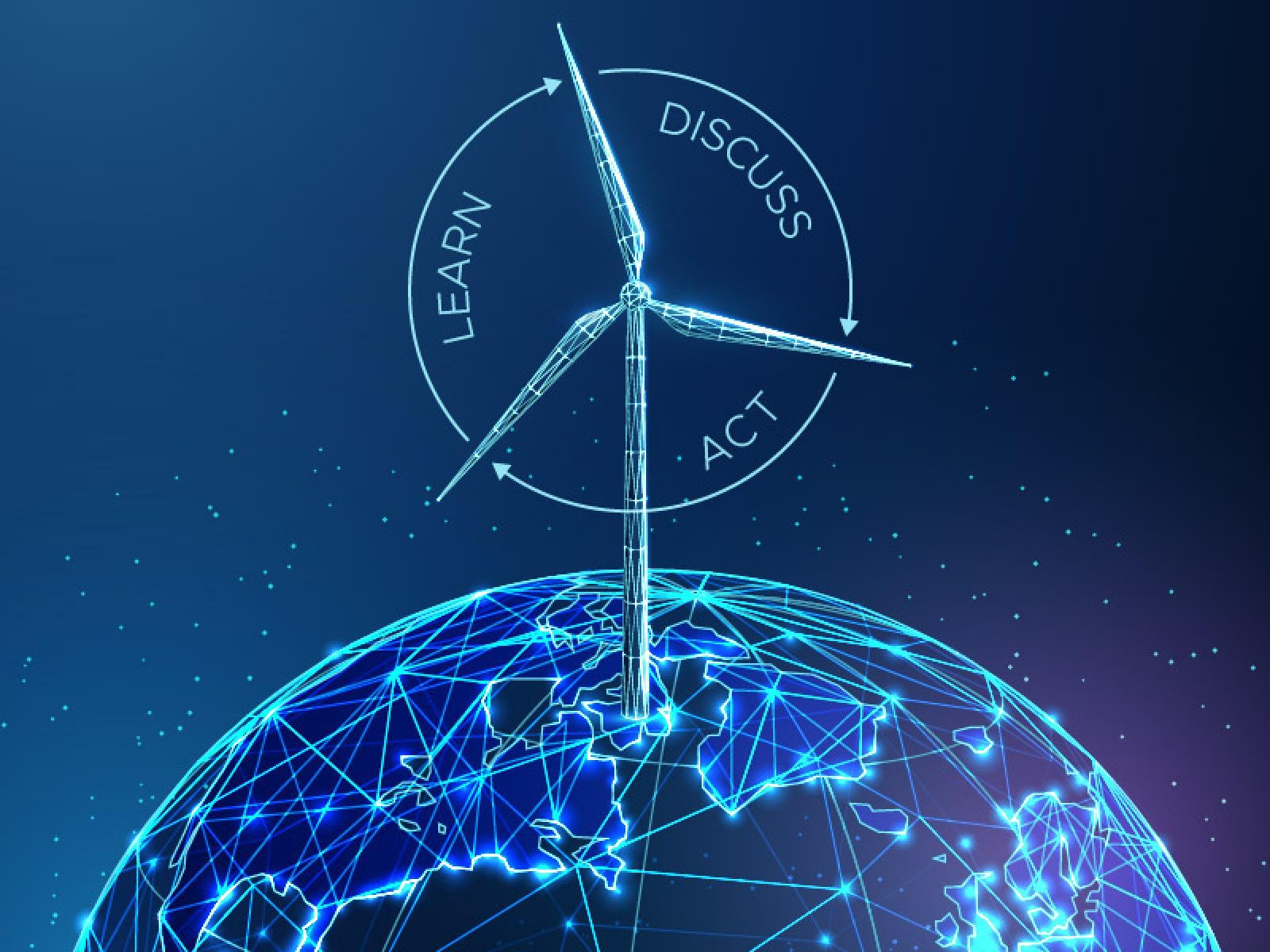
The Distributed Wind Energy Resource Hub provides a list of technical assistance opportunities and links to tools that can help individuals estimate the wind resource at their site and the costs and benefits of new distributed wind projects.
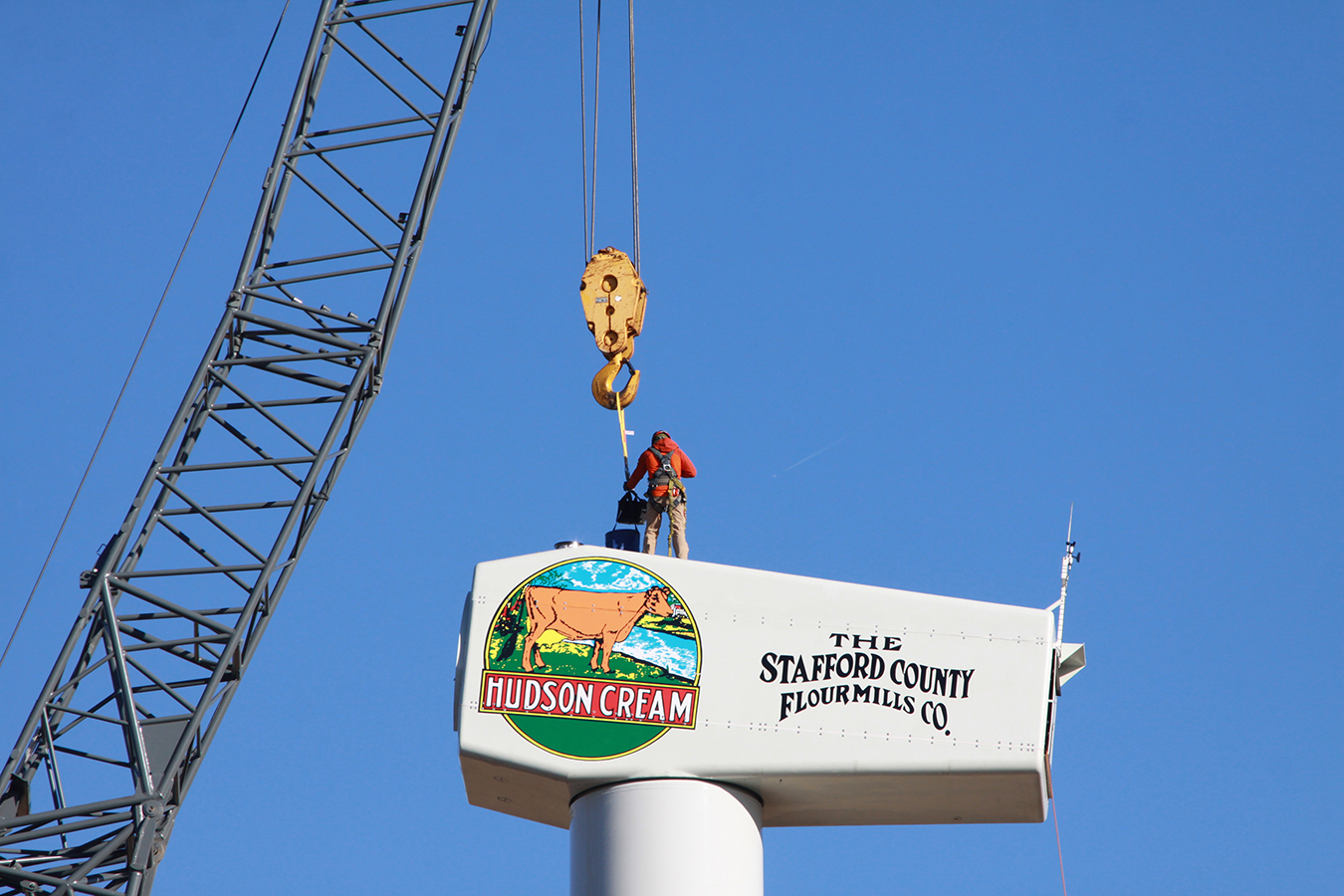
For useful tools to help achieve positive clean energy outcomes for farmers, rural Americans, and the renewable energy industry, as well as find information on DOE/USDA clean energy initiatives, visit the USDA & DOE Solar Energy & Farming Initiatives webpage.
Funding Opportunities
USDA REAP
The USDA REAP provides grant, guaranteed loan, and combined grant and guaranteed loan awards to agricultural producers and rural small businesses to purchase or install renewable energy systems or make energy-efficiency improvements. It also funds energy audit and renewable energy development assistance grants. The USDA REAP application instructions and forms can be found at the USDA REAP Guaranteed Loans & Grants webpage.
In October 2024, USDA issued a Notice of Funding Opportunity that announces the deadlines, dates, and times that applications must be received in order to be considered for REAP funds through 2027. USDA will be accepting applications between July 1 and March 31 of each year covered under the notice (2025 through 2027). USDA will NOT be accepting applications between April 1 and June 30 of each year. In addition, the notice states that approximately $20 million is set aside for underutilized renewable energy technology per year, which includes wind. Any unused underutilized technology set aside funding will revert to the general program funds on an annual basis.
Other Funding Opportunities
A list of additional funding opportunities available for distributed wind projects can be found on the Distributed Wind Energy Resource Hub.
Workshops
Through DOE’s national laboratories, the RAISE initiative is supporting a regionally focused Rural Electric Cooperative Distributed Energy Resource Business Model Development Workshop series. Participants at these interactive workshops engage in collaborative discussions to explore emerging opportunities for innovative rural electric cooperative-led and -enabled distributed energy resource business models.
The first workshop in the series was held in July 2024 and hosted by the Tri-State Generation and Transmission Association Inc. in Colorado. The second workshop was held in October 2024 and hosted by PNGC Power in Oregon. A summary report recaps key takeaways from both workshops.
Another workshop under the RAISE initiative was hosted by USDA Maine in August 2024. This workshop centered on rural initiatives that are focused on growing economic opportunities while meeting the state’s environmental and social just goals. The Maine workshop was featured by a local newspaper in an article titled Is Small-Scale Wind Power Maine’s Next Big Thing?
Highlights
Do you want to learn more about real world examples of on-site wind energy projects? Read about and see photos of 10 projects that are powering manufacturing facilities, rural businesses, and government facilities across America.

